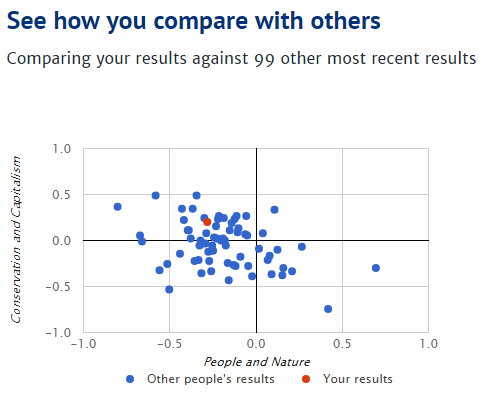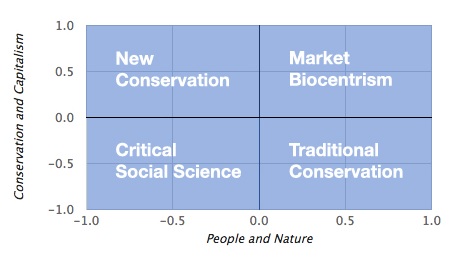I like special issues in journals. They’re like a packet of M&M’s that’s all chocolate-coloured. Whenever I see one of these special issues on a topic that I’m particularly interested in, I usually download every paper, but I rarely read them all. So just like for M&M’s, where getting excited over a colour is pretty pointless since they all taste the same, getting excited over a special issue is pretty pointless when I don’t have time to read all the papers in it.
One special issue I stumbled across recently is the Macroecology 30th Anniversary in Global Ecology & Biogeography published in 2018. As usual, I read the introductory paper, got excited about it, and downloaded the whole issue into a folder, semi-consciously aware and resigned that I wasn’t going to be able to read more than that.
The next day I reached way too early at a carpark to meet someone for fieldwork. Since I had my laptop with me, I opened up the folder with the special issue papers, and began reading.
The special issue was great. I had spent much of my young scientific career examining patterns in species diversity and composition from field data. I had a growing doubt about the theoretical basis behind much of these patterns I had been testing. Recently, however, I’ve been dabbling into more mechanistic approaches that “build up” to community ecology, e.g., from demographic processes and pairwise species interactions. McGill’s paper was especially timely for me to read to place my thoughts about bottom-up and top-down approaches to understanding communities in the context of development in the field.
But the point (and title) of this post is not really about macroecology per se. It’s about this quote in the paper by Fahrig from metallurgist Ursula Franklin. A mining company was asking her to develop a more corrosion-resistant copper alloy, to which she said,
You don’t need better alloys; what you need is better air.
The quote struck me. Not for the broader message that Fahrig cited it for, which was that we needed to try to see problems from different angles. The article should also be read for the “long and tangled tale” of habitat fragmentation research.
But the actual context of that exchange reflects the same kind of thinking of some of the people I’ve worked with. Their first reaction whenever we tell them about potential impacts of human activities or development on the environment or biodiversity is: Can you give us some solutions that allow us to have our cake and eat it?
And if we do propose solutions but they involve some common-sense actions (other than, e.g., forgoing development), such as putting up signs or educating the public, we tend to be ignored. More than once I’ve been asked if there are any “higher tech” solutions.
To which, seriously, you don’t need a better alloy. You need better air.



